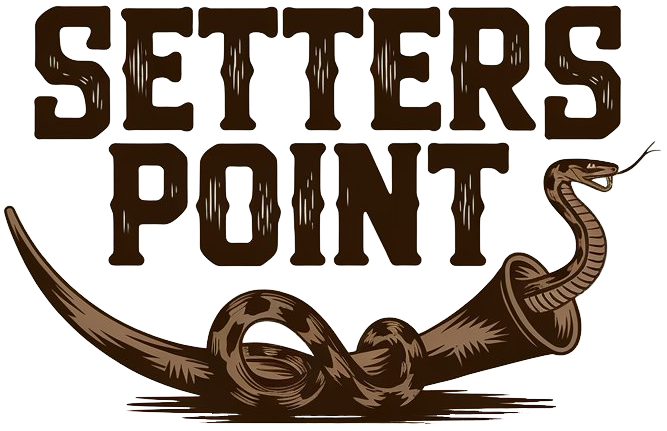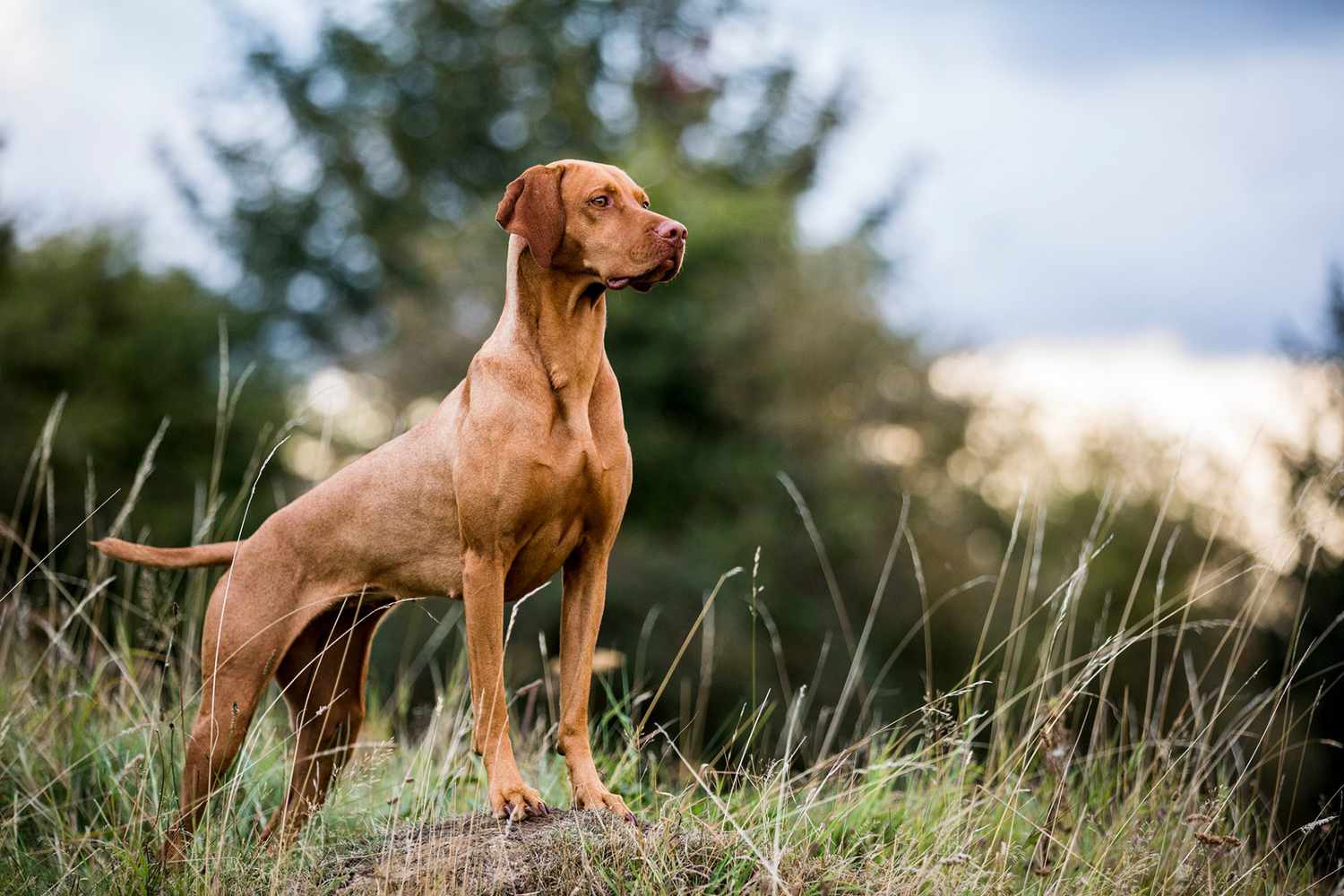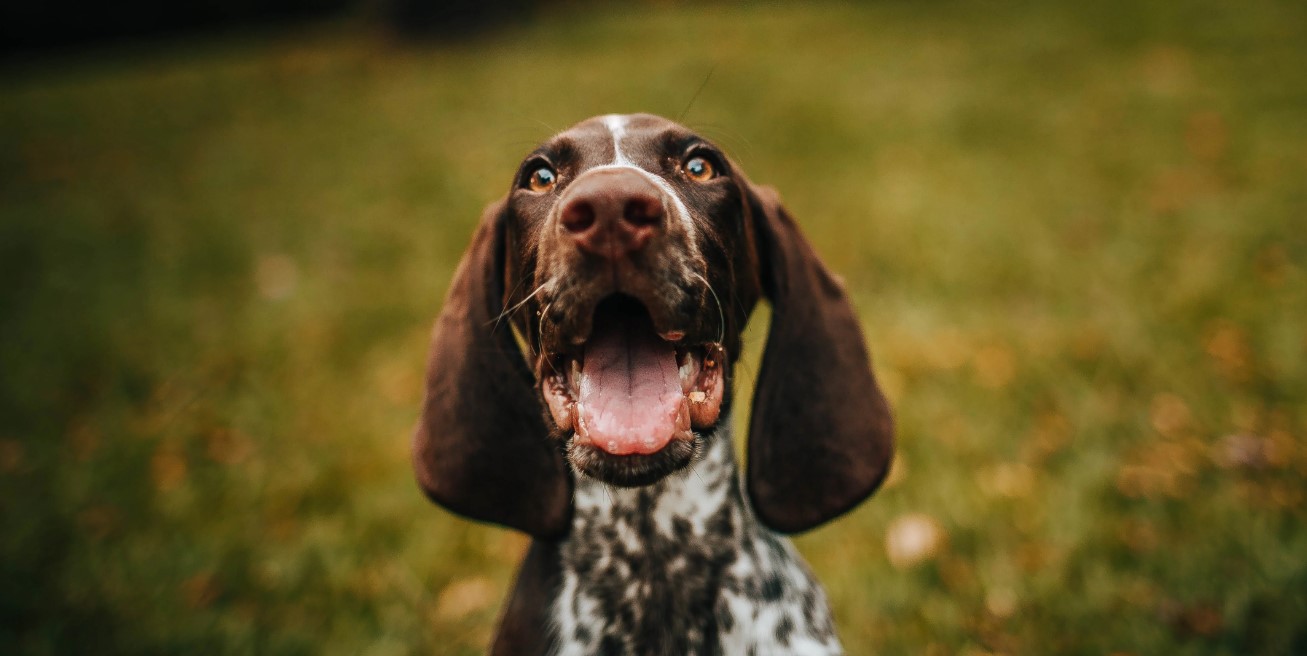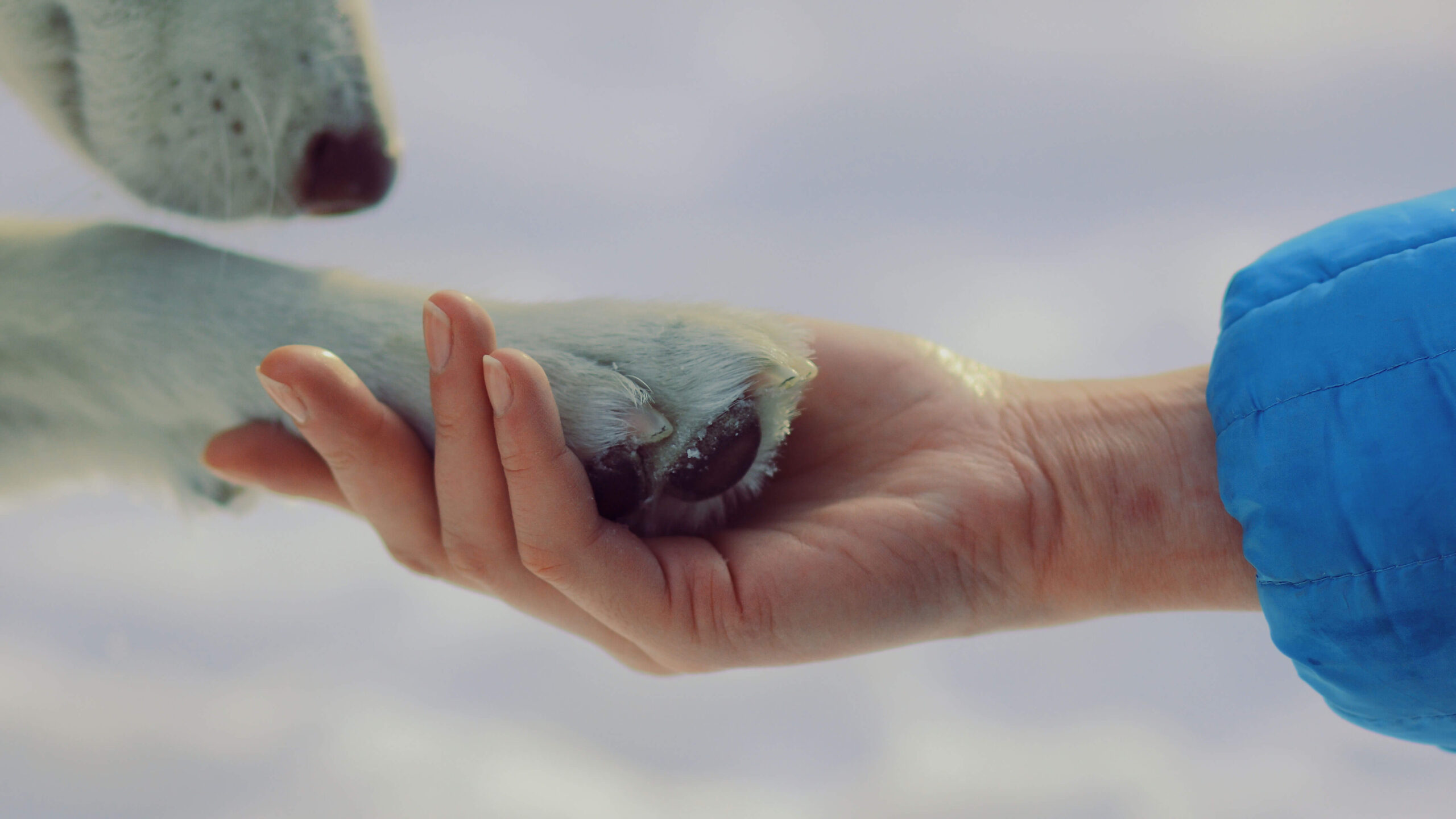A hunting dog needs more than seasonal bursts of exercise. True conditioning happens across all months. Muscles must stay strong. Endurance must stay high. Mental focus must stay sharp. A well-prepared dog performs better, avoids injury, and stays alert when it matters most.
Many handlers focus only on training during the months leading to hunting season. That approach leads to fatigue, weight gain, and slow performance. Year-round upkeep builds consistency. Daily habits form the base for long-term health and readiness.
The following guide outlines essential steps.
Best Hunting Dog Breeds
| Breed | Key Strengths | Best Use |
|---|---|---|
| Labrador Retriever | High energy, loves water, easy to train | Waterfowl and upland game |
| German Shorthaired Pointer | Fast, sharp nose, great stamina | Upland birds, general-purpose |
| English Springer Spaniel | Agile, obedient, thrives in thick brush | Upland birds |
| Beagle | Powerful nose, steady tracker | Rabbit and small game |
| Brittany | Balanced drive, solid point and fetch ability | Upland birds |
| Coonhound | Long-distance scent tracking, strong voice alerts | Raccoon, large game scent tracking |
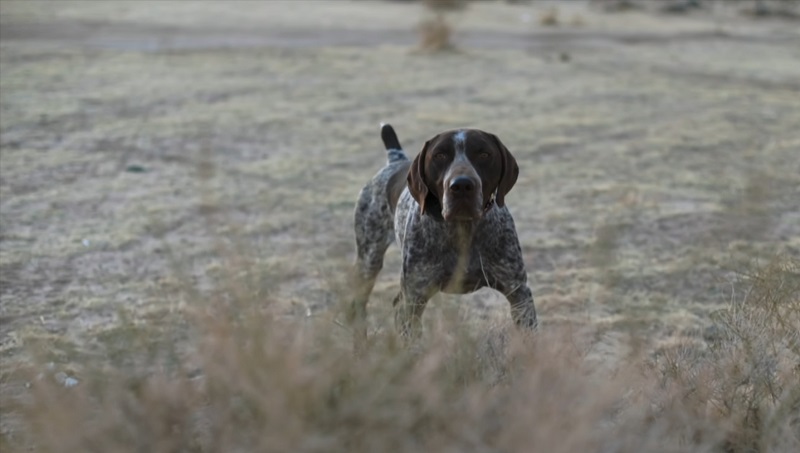
Keep Your Dog Moving Every Day
A dog made for the hunt needs movement. Not on weekends. Not on command. Every single day. Movement keeps blood sharp, muscles lean, and reflexes fast. You can spot the dogs who stay active year-round. Their stride is clean. Their recovery is fast. Their stamina is real.
Let the body work.
Most working dogs lose visible muscle tone in less than 2 weeks without real activity. Once it drops, it takes 4 to 6 weeks to rebuild. That delay means missed hunts and slower retrieves.
Everyday movement does not need to be complex. Use what you have. A back road. A creek. A hill. A loop trail. The key is rhythm and pace. Run the dog loose when safe. Add resistance with terrain. Move in sets—10 minutes hard, 5 minutes cool down. Keep the engine running, not bursting.
Weekly Movement Flow
| Day | Focus | Notes |
|---|---|---|
| Monday | Trail run | 30 mins mixed pace |
| Tuesday | Water work | 2 short swims with breaks |
| Wednesday | Field drill | Long recall + hill climbs |
| Thursday | Slow walk | Recovery pace, flat land |
| Friday | Fetch sets | Controlled repetitions |
| Saturday | Mixed terrain hike | Minimum 45 minutes |
| Sunday | Light jog | Keep it simple |
Build Strength and Endurance the Smart Way
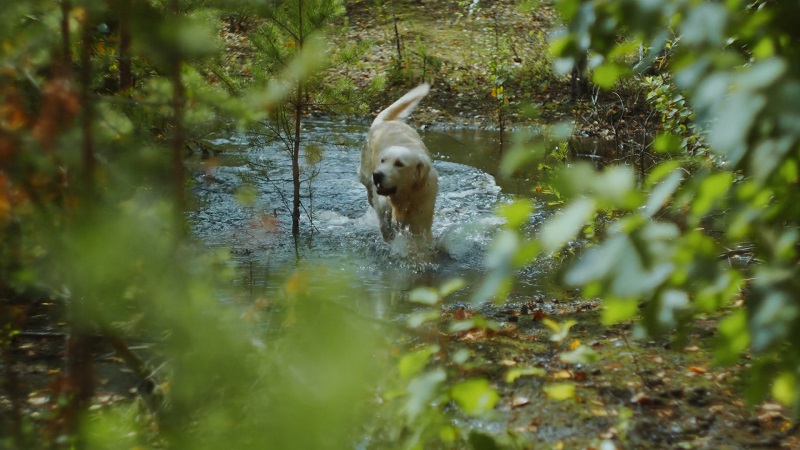
Some handlers think letting a dog sprint for an hour counts as training. It does not. That builds chaos. Real strength and stamina come from discipline. Focused work. Short sessions that hit the right systems—core, joints, drive, and lungs.
Start with loaded walks. Use a properly fitted vest or pack. Add 5 to 10 percent of the dog’s weight using dry sandbags or bean sacks. Move uphill. Even 15 minutes twice a week makes a difference.
Hill training creates real working muscle. It protects against fatigue and injury in the field.
What Actually Works
- Short hill pulls with a weighted harness
- Scent trail drills on angled terrain
- Resistance swims with current or drag
- Controlled speed bursts on leash
Dogs conditioned this way hold up better through second and third retrieves. They recover faster between shots. They handle heat and cold with more efficiency. A dog that can run for an hour without breaking form has already won half the hunt.
Strength Gains by Age Group
| Age Range | Target Focus | Why It Matters |
|---|---|---|
| Under 1 yr | Light resistance only | Bones and joints still forming |
| 1–5 yrs | Full hill and swim work | Prime muscle and lung development |
| 6+ yrs | Low-impact, high-repeat | Maintain core and joint strength |
Do not push for speed. Push for control. Strength that lasts starts slow, holds steady, and never breaks down under pressure.
Train the Mind, Not Just the Body
A dog that can run ten miles but cannot follow commands will fail in the field. Mental sharpness separates a strong dog from a reliable partner. Every hunt demands problem-solving. Every scent trail tests focus. If you train the body and ignore the brain, you will lose both.
Mental work starts simple.
Use scent drills. Take an old glove, a bird wing, or a piece of game hide. Rub it in brush and hide it twenty yards out. Give a search cue. Watch the dog track the scent, follow through, and hold position. That small drill triggers instinct, builds patience, and sharpens drive. Run this three times a week. Never the same spot. Never the same trail. Dogs learn fast. Make them think harder.
Puzzle games work too. Use feed bowls that require rotation or nose pushes. Hide treats inside soft pouches or between boxes. Let your dog figure out how to open them. That kind of problem-solving builds independent thinking. It also keeps indoor days from turning into dead weight.
Even voice work matters. Ask for basic cues out of sequence. Mix in new words tied to action. Add delay between command and reward. That forces recall and focus, not just reaction.
Top Mental Tasks That Carry to the Field
| Task | Skill It Sharpens | Why It Matters in Hunting |
|---|---|---|
| Scent Hide and Seek | Focus, nose discipline | Keeps dog on task during tracking |
| Command Delay Drills | Memory, listening | Dog waits and reacts with precision |
| Problem Feed Toys | Logic, independence | Helps during complex search zones |
A bored dog creates its own challenge. That is how chewed gear, fence escapes, and broken routines start. Work the brain. Keep the dog busy before it tries to get clever on its own.
Obedience Every Day, Not Just Before Hunts
Obedience cannot turn on like a light switch. It either stays built or falls apart. If you wait until the week before the hunt to test commands, you already lost ground.
The most successful handlers never stop drilling. They fold it into everyday life. Walks become heel work. Mealtimes become sit-and-hold drills. Every gate, door, or threshold becomes a checkpoint.
If a dog cannot hold a sit while you open the front door, how will it stay still when a covey explodes five feet away?
Repetition builds trust. A dog that hears the same cues every day will not hesitate in the field. You want response without delay. That only comes from habit.
Start with three-minute drills. Set a timer. Run through sit, stay, down, heel, and recall. Do it once in the morning. Once before night. No toys. No treats. You are not begging. You are commanding.
Example Daily Obedience Flow (5 Minutes Total)
- Sit-Stay at door (30 seconds)
- Heel 20 yards out and back
- Down on cue, hold for 1 minute
- Recall across full yard
- Finish with place command
Every part of that cycle shows up in the field. When the bird flushes, when the shot fires, when the water gets rough—your control holds the line.
Obedience is not training. It is lifestyle. If the dog knows the rules every day, it will never break them when it counts.
Feed Right and Adjust with the Seasons
Food builds the engine. If you fuel a working dog like a couch pet, expect a tired, slow return and higher injury risk. Caloric needs rise in season. They drop in rest periods. But quality must stay high all year.
A dog hunting 3 to 5 days per week burns between 1,500 and 2,500 calories daily, depending on size and weather conditions. Fat is the top fuel source during hunts, not carbs. Feed must reflect that.
In off-season, many handlers overfeed. The dog is not moving. It does not need high-fat loads. Scale back gradually to avoid sudden energy drop or weight gain.
A 55-pound GSP may need 1,800 kcal daily during hunting season, but only 1,000–1,200 in the summer off-season, depending on climate and output.
Seasonal Feeding Table (for Medium-Sized Hunting Dog)
| Season | Protein % | Fat % | Notes |
|---|---|---|---|
| Fall/Winter | 30+ | 20+ | Peak field use. Focus on fat & protein |
| Spring | 28 | 15–18 | Maintain strength with lighter loads |
| Summer | 24–26 | 12–15 | Reduce calories. Prevent weight gain |
Water content also matters. Dogs on dry kibble may not drink enough unless monitored. Dogs on raw or mix-fed diets hydrate better naturally but still need supervision during heat.
Avoid food changes right before the season. Introduce new fuel at least 3–4 weeks ahead. Let the body adjust without field stress.
Watch the Signs: Weight, Energy, and Behavior
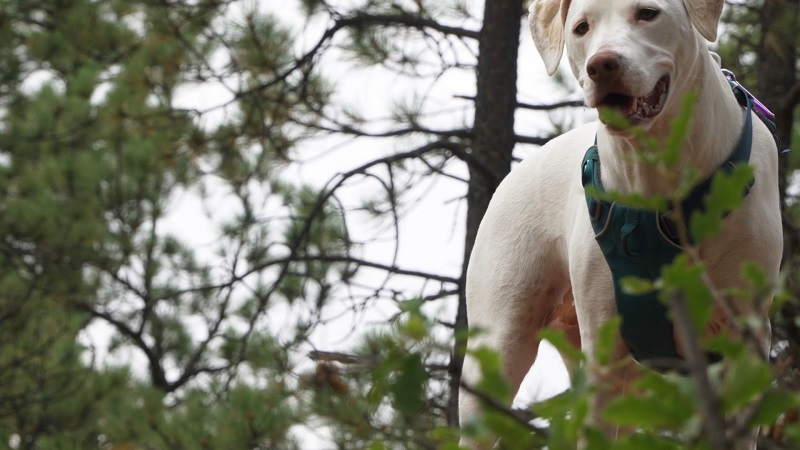
Your dog cannot speak. But it shows. Weight shifts. Eyes look dull. Movement slows. A fit, healthy dog holds its weight, reacts fast, and shows steady mood.
You should feel ribs easily but not see them. You should see a defined waist when viewed from above. If your dog balloons or sinks between seasons, feeding and exercise are off track.
Sudden weight gain can reduce stamina by 25 percent. It also puts direct strain on joints, reducing field durability.
Energy drop may signal thyroid issues, underfeeding, or early-stage disease. Do not excuse it as “slowing down with age.” Behavior changes—aggression, hiding, whining—often trace back to physical discomfort.
Keep a weekly log. Track weight, food volume, stool quality, energy output, mood changes. Over time, patterns appear. Fixing one number early prevents five problems later.
What to Track Weekly
| Sign | What It Can Mean |
|---|---|
| Weight gain | Overfeeding, lack of movement |
| Weight loss | Underfeeding, absorption issues, worms |
| Energy crash | Low fuel, dehydration, thyroid, injury |
| Change in posture | Hip issues, paw pain, early arthritis |
| Aggressive mood | Pain, discomfort, reaction to food or stress |
A healthy dog looks ready every day. If that disappears, your job is to fix it fast.
Always Hydrate Before and After
Hunting dogs dehydrate fast. Most lose moisture not through sweat but through panting, respiration, and saliva loss. If you wait until after the run to offer water, you are already late.
Hydration before the field lowers body temp, sharpens alertness, and delays fatigue. A dog that starts a session only 2 percent dehydrated will perform 10 to 15 percent worse, based on field dog trial data.
Let your dog drink 30–45 minutes before high activity. Offer again at mid-point if session exceeds 45 minutes. After the session, water should be cool—but not cold—and offered in two stages with a short rest.
Dehydration is the fastest killer of drive. It dulls the brain before it weakens the body.
Dogs on dry food drink more. Dogs on mixed or raw diets often drink less—but can still dry out in heat or after long runs.
Check gums. If dry or pale, rehydrate immediately. Skin pinch test works too—pinch shoulder skin and release. If it does not snap back instantly, your dog is likely behind on fluids.
Regular Care Keeps Everything on Track
Conditioning starts in the field, but health begins at the vet. Dogs in peak performance shape get regular checkups. One per year is not enough for working breeds over five years old.
Twice-yearly exams catch what daily routine hides—heart murmurs, tooth abscess, minor joint stress, early-stage disease. Catching it early keeps your dog in the field longer, with less pain, fewer breaks.
You also need to stay on top of:
- Dental care: Poor teeth affect food intake and gut health. Brush weekly or use dental treats.
- Parasite prevention: Field dogs risk exposure to ticks, worms, and fleas more than house pets.
- Vaccines and boosters: Exposure to wildlife raises risk of disease. Keep all protection current.
Daily Habits Lead to Big Results
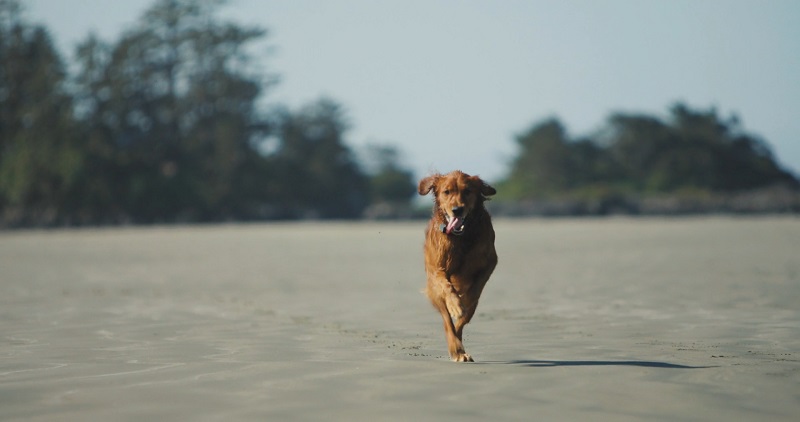
You do not need fancy programs. You need consistency. Dogs trained with small, clear steps every day outperform those pushed hard once a week.
If you want a dog that stays field-ready in body and brain, do this daily:
- Wake early. First movement of the day sets the tone.
- Run a 5-minute drill—commands, scent test, obstacle, hold.
- Let the dog work—on trail, in field, or water.
- Feed with intent—never guess the scoop.
- Observe body and eyes—spot changes fast.
- Touch paws, gums, ears—check for damage.
Final Words
A hunting dog does not stay sharp by chance. It takes daily effort, honest observation, and smart adjustments. Food must match the workload. Drills must stay fresh. Recovery must be planned, not hoped for. The goal is not peak once a year—it is steady strength across all seasons.
You do not need perfect land, expensive gear, or fancy routines. You need consistency. You need to watch your dog like a working partner, not a pet. Every step, every rep, every meal adds up.
